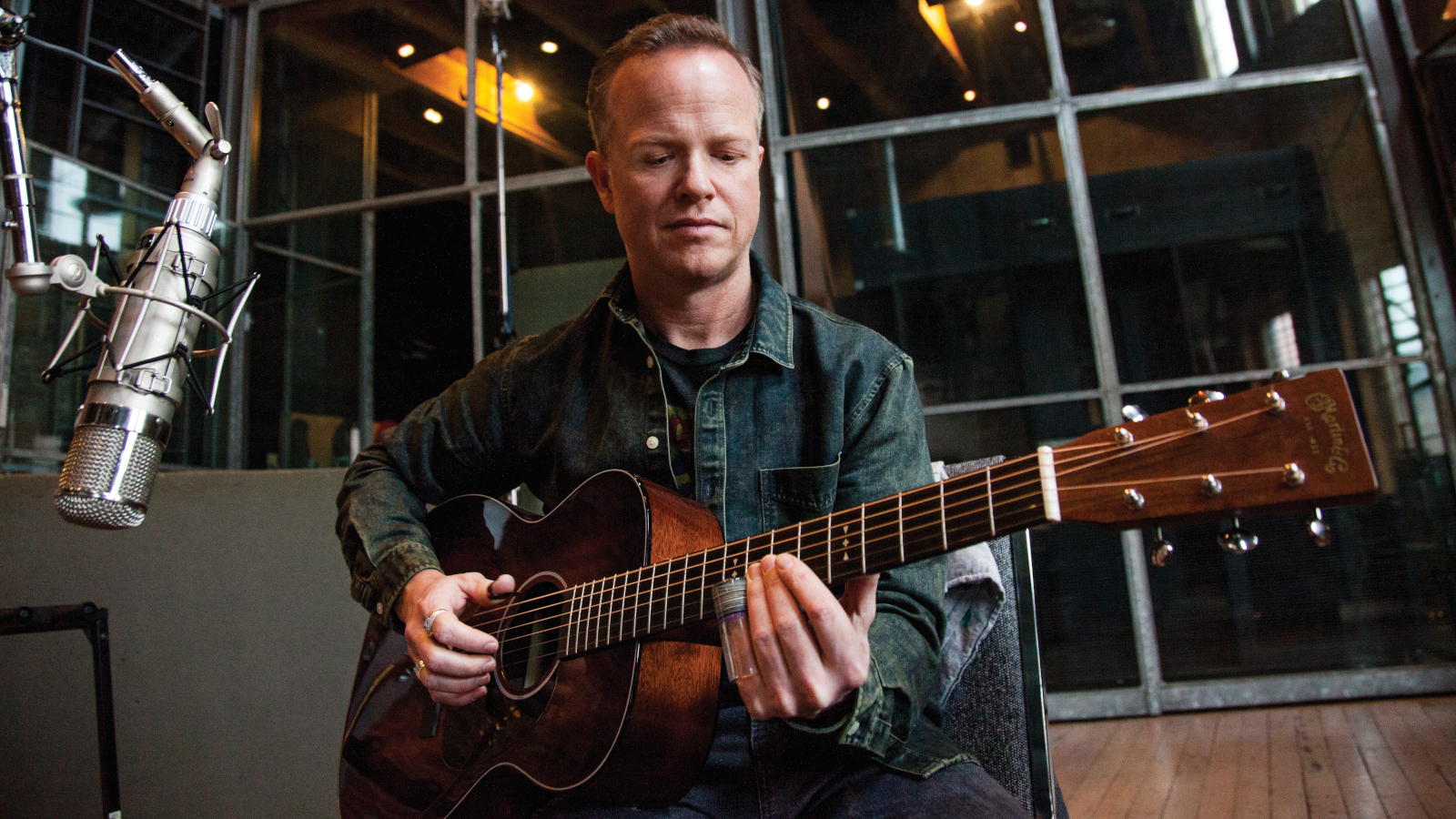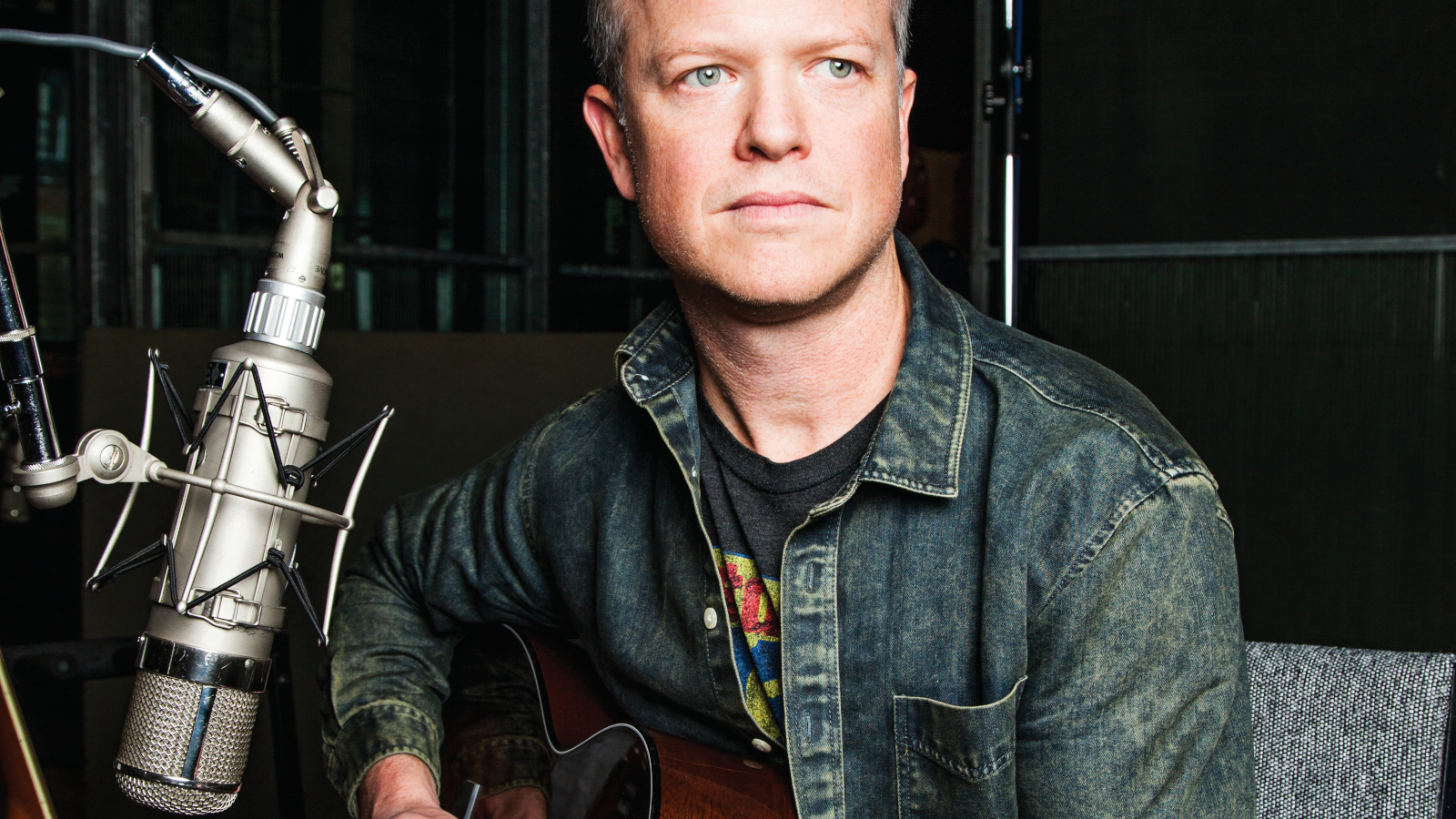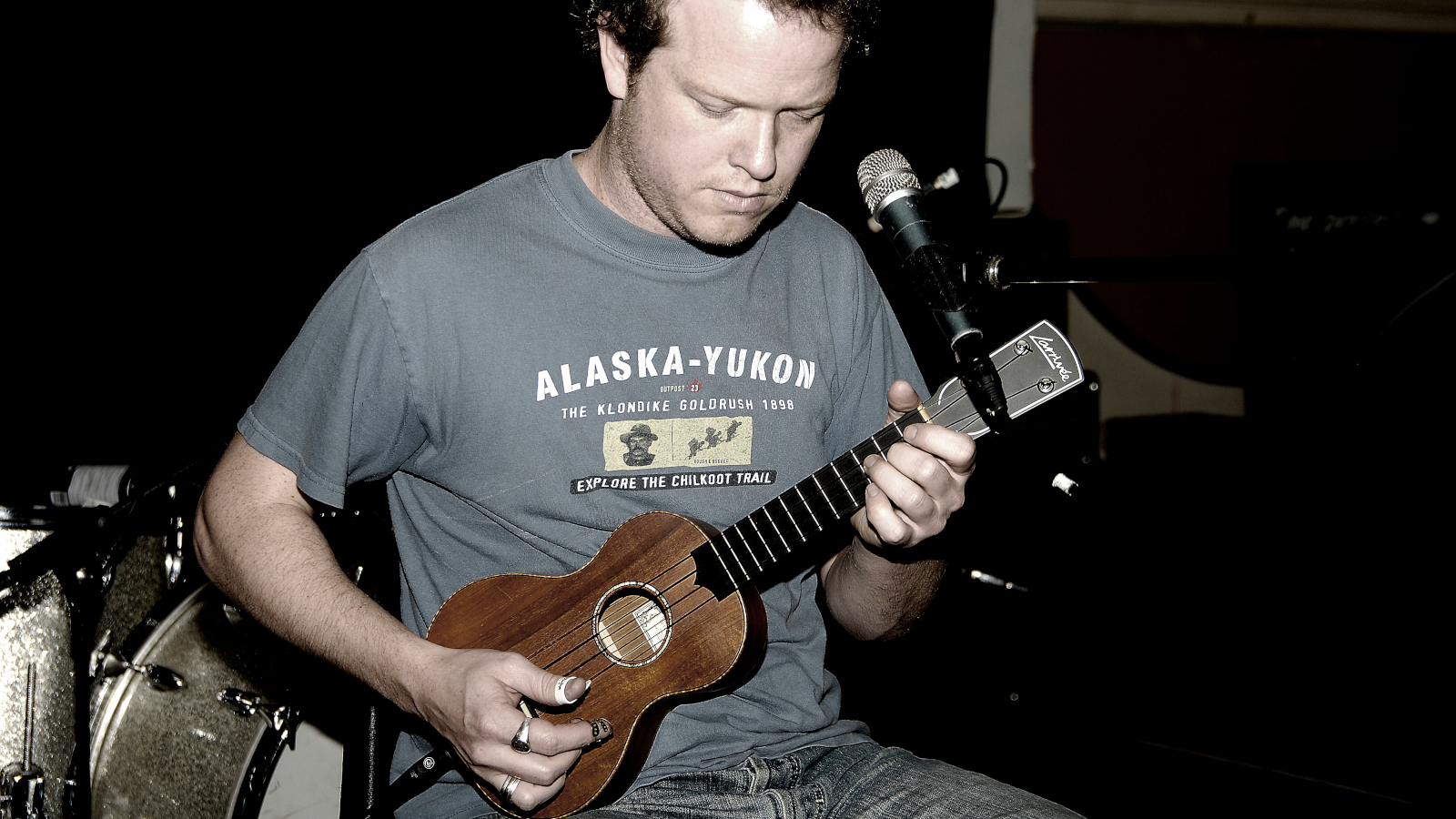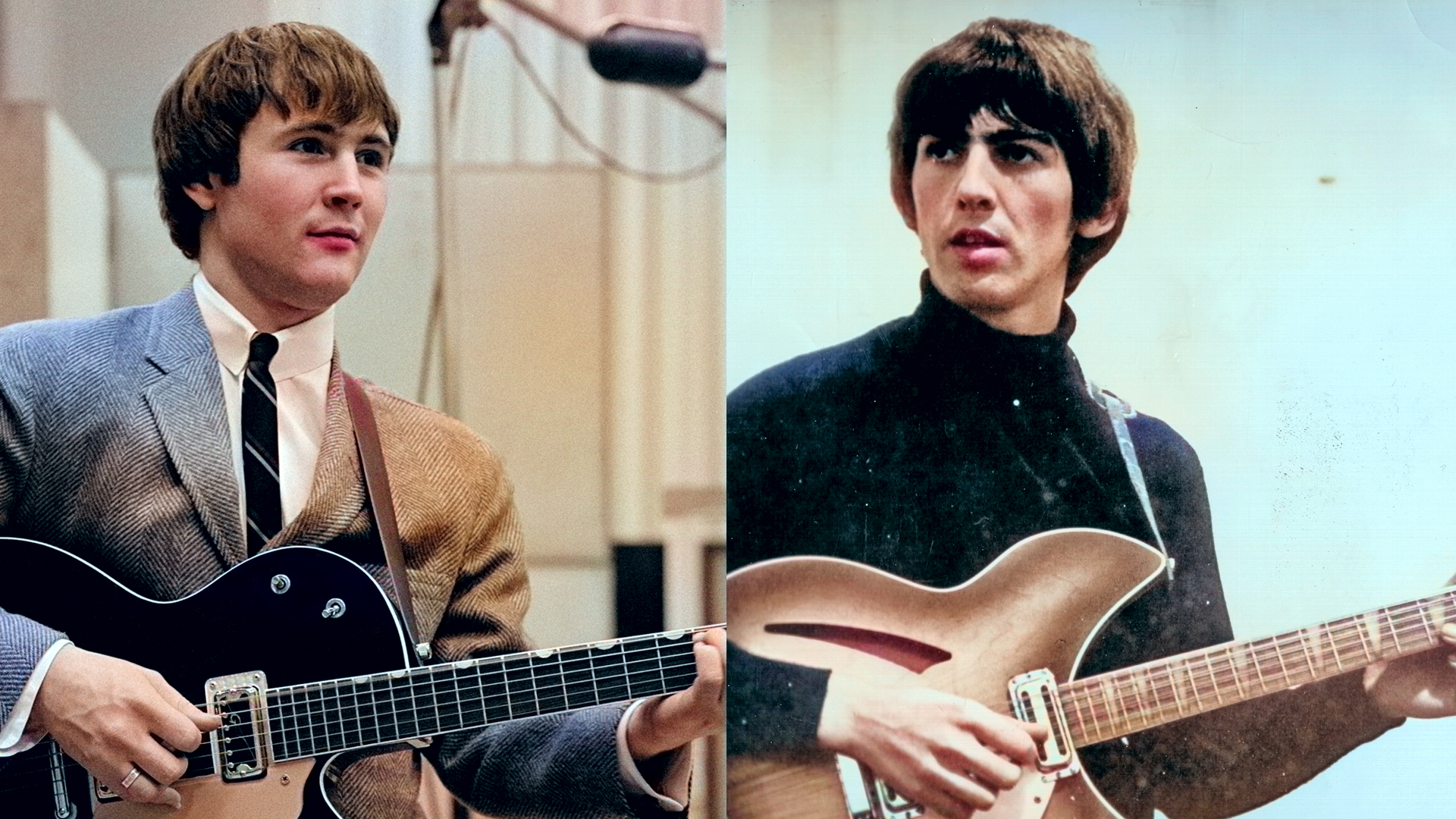“After Years of Experimentation, I’ve Boiled It Down to the Simplest Format”: Steve Dawson Shares Some Expert Advice on Recording Acoustic
The acoustic virtuoso reveals his favorite way to mic a guitar, how to achieve a clean slide sound and more

Steve Dawson applies virtuosic Americana chops to imaginative instrumental narratives.
He is a thumbpick-wearing fingerstylist schooled in the Chet Atkins method and a master of advanced fingerstyle and slide techniques blueprinted by Leo Kottke.
While Dawson has toured extensively, the multiple Juno Award winner is most at home in the studio.
Here, the Canadian maestro reveals how he nailed his world-class tones on 2018's instrumental acoustic guitar album Lucky Hand...

Do you have a primary miking strategy for acoustic guitar?
After years of experimentation, I’ve boiled it down to the simplest format. I rarely record with multiple mics, because I don’t like the phase issues that arise, and in this case we had a lot of extra room mics around. I played into a single vintage Neumann U47 positioned a couple of feet away.
I rarely record with multiple mics, because I don’t like the phase issues that arise
Steve Dawson
Can you address the art of getting a smooth slide tone on acoustic within the context of complex instrumentals?
I’m not stacking the slide up against all six strings as in a standard blues style; I’m isolating it on one or two strings. On a song such as “Bone Cave,” a lot of the melody is played on the top string. I’m angling the slide away from the rest of the strings, so it’s kind of easy to play the melody cleanly.
Other songs require a lot of right-hand muting that takes endless hours of practice to perfect. You figure out how to use one finger to play a note on a certain string while all the fingers are anchored, muting other strings.
That’s the key to a clean slide sound in a fingerpicking song.
What’s your slide preference?
I prefer a large glass slide on my pinkie. I don’t mind if it’s a little loose, but the weight is very important. It needs to be thick enough to feel some gravity when I’m trying to get a good vibrato or simply changing positions.
I prefer the smooth, clean sound of glass as opposed to a scraping metallic sound
Steve Dawson
If the slide is too light, my hand goes flying all over the place. I prefer the smooth, clean sound of glass as opposed to a scraping metallic sound.
What do you look for in a 12-string?
Twelve-strings are tricky, because they’re so finicky. It can be a bit of a nightmare to find one that works well for slide, and there simply aren’t very many to choose from.
I wound up with a Taylor Leo Kottke signature model. I like that it has a cutaway and that it is designed to be tuned a step and a half down from standard, to C#.

Are there any tunings you tend to use more than others?
I never play the 12-string in standard, but I’ll drop everything another half step and use a form of a double-drop D tuning, which is now a double-drop B tuning that goes, from low to high, B F# B E G# B.
I tuned that way for the two 12-string tracks on Lucky Hand: “The Circuit Rider of Pigeon Forge” and “Hollow Tree Gap.” When doing sideman work, I’ll use actual double-drop D tuning – low to high, D A D G B D – because the middle four strings are the same as standard tuning, so I can look at my strings and know where to find a chord at any given moment.
I never play the 12-string in standard
Steve Dawson
I can also relate to the lower three strings, as they form a thirdless D chord, and the top three strings are like an open G chord – G B D. I get a lot of mileage out of open G.
“Bone Cave” is tuned to that. I’ve got plenty of experience in open D, but I don’t find it as interesting. I like to use a low open C tuning on acoustic guitar, especially the Larrivée, and on the Weissenborn lap steel. Low to high, it goes C G C G C, and then I’ll alternate the top string; I usually tune it to D, occasionally to E, and sometimes to C so it’s in unison with the second string.
Kelly Joe Phelps showed me another version of that same C tuning with an F on top, and I used that for “Hale Road Revelation.” I might have capoed it up a step or two. I do that sometimes with the C tunings.
What’s your strategy for making the plethora of acoustic instruments you play all sound great onstage?
I gave up trying to make an acoustic guitar actually sound like an acoustic guitar onstage a long time ago.
I put a Sunrise magnetic pickup in the soundhole of all my touring acoustics, including the lap steel. I love the tone and consistency of a Sunrise through a tube amp with a spring reverb.
Whether I’m with a band or playing solo at a festival, I can walk onstage, plug into the amp, and I know it’s going to sound good.
Give me a reissue Fender Deluxe and I’m happy.
Dawson's third album release in a year, Eyes Closed, Dreaming, is slated for release in March. Visit his website for more details.
Get The Pick Newsletter
All the latest guitar news, interviews, lessons, reviews, deals and more, direct to your inbox!
Jimmy Leslie has been Frets editor since 2016. See many Guitar Player- and Frets-related videos on his YouTube channel, and learn about his acoustic/electric rock group at spirithustler.com.
“I did the least commercial thing I could think of.” Ian Anderson explains how an old Dave Brubeck jazz tune inspired him to write Jethro Tull’s biggest hit
"This 'Bohemian Rhapsody' will be hard to beat in the years to come! I'm awestruck.” Brian May makes a surprise appearance at Coachella to perform Queen's hit with Benson Boone










